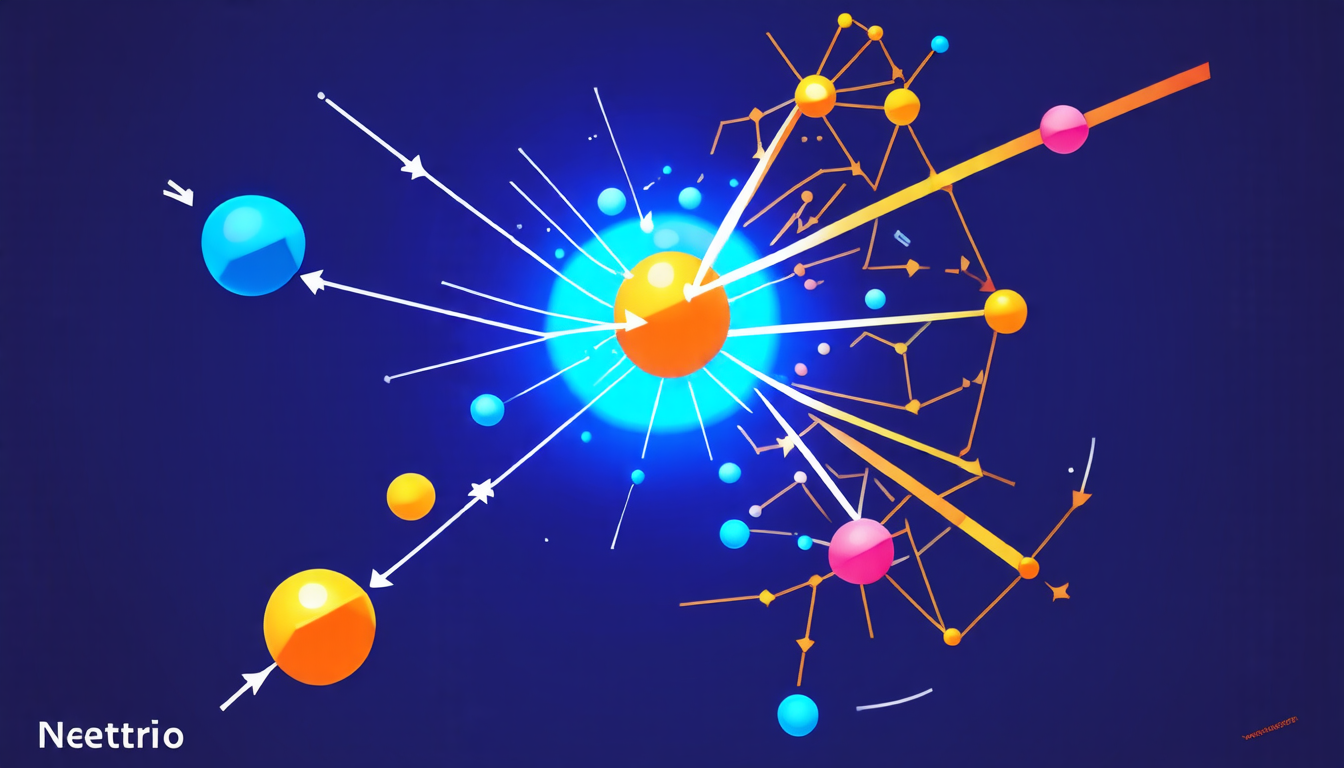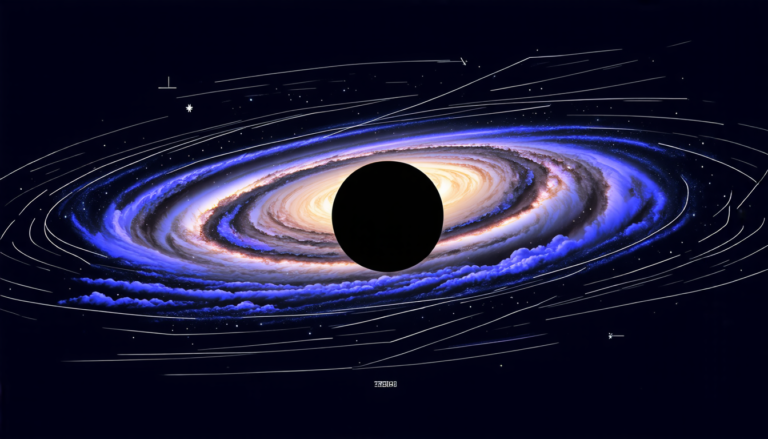Wednesday 23 April 2025
A new approach in particle physics has opened up fresh possibilities for understanding the mysteries of the universe. Researchers have developed a technique that allows them to analyze complex data with unprecedented accuracy, shedding light on some of the most fundamental questions about the nature of reality.
The method, known as OmniFold, uses machine learning algorithms to simultaneously unfold multiple observables from particle collisions. This means that scientists can now study the properties of particles and their interactions in a way that was previously impossible.
One of the key challenges in particle physics is dealing with the large amounts of data generated by high-energy collisions. The events are so complex that they require sophisticated algorithms to accurately reconstruct what happened. Traditionally, researchers have used statistical methods to unravel the information, but these approaches can be limited by their assumptions and simplifications.
OmniFold takes a different approach. By using machine learning techniques, it can learn from the patterns in the data and adapt to new situations. This allows it to handle complex events with multiple particles and interactions, something that traditional methods struggle with.
The technique has been tested on simulated data from the T2K experiment, which studies neutrino physics at the Super-Kamiokande detector in Japan. The results show that OmniFold can produce accurate unfolded distributions for multiple observables, including the energies and directions of particles.
One of the most exciting implications of OmniFold is its potential to reveal new insights into the properties of neutrinos. These ghostly particles are still not well understood, and researchers believe that they may hold the key to unlocking some of the universe’s deepest secrets.
With OmniFold, scientists can now study the interactions between neutrinos and other particles with unprecedented precision. This could lead to a deeper understanding of the fundamental forces that govern the universe, including the mysterious phenomenon of dark matter and dark energy.
The potential applications of OmniFold are vast and varied. It has the power to revolutionize our understanding of particle physics, from the behavior of subatomic particles to the formation of galaxies themselves.
As researchers continue to refine and improve the technique, we can expect to see new discoveries and breakthroughs in the years to come. The future of particle physics is bright, and OmniFold is just one of the many tools that will help us unlock its secrets.
Cite this article: “Unraveling Neutrino Mysteries with Machine Learning: A Breakthrough in Unfolding Techniques”, The Science Archive, 2025.
Particle Physics, Machine Learning, Omnifold, Particle Collisions, Neutrino Physics, Statistical Methods, Data Analysis, High-Energy Collisions, Dark Matter, Dark Energy







